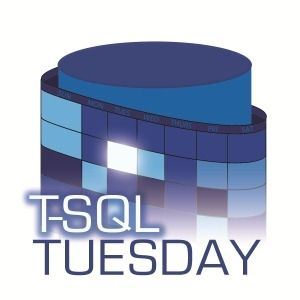
This post about SQL server extended events was written based on the invitation 166 from scarydba.com. Still not sure why I haven’t noticed the invitation on the official web of tsqltuesday.com but found it by #tsql2sday
They have been around since SQL 2012, what has changed? Microsoft have done some enhancements to the impact on performance, they added new events, but what has not changed is the user unfriendliness. I feel this is the biggest downside of extended events, especially the need to process results from XML.
There has been 0 development in SSMS, but you have the option to use an extension for Azure data studio, which is handy and provides a similar interface to SQL profiler. Damn SQL profiler deprecated since when 2016? For how long it will be present? We know all the downsides of this tool, but wasn’t it handy at least once in our lives?
Btw. Azure data studio – why is majority DB users still using SSMS, is it a force of habit? Do they think it is only for Azure? Well, I do use SSMS more often, because it is available on instances where I am connecting, but sometimes I blame myself of being to lazy to drive the change. With this thought I found a nice article comparing features of ADS vs SSMS, feels like SSMS got a lot of point for features that are not used or at least not often used.
Another thing with extended events is that they are not always cheap and they can have an impact on the server. As a result rule no. 1 should be to set up your filters properly and be careful with predicated that can be evaluated after the event is actually collected, these won’t help to optimize collection performance.
Recently I came across a great library XESmartTarget that helps you read extended events externally and save data in a better structure than XML, e.g.: directly into DB table, there a lot of options that this library offers and we are going to use it for new features in Server Monitoring and Tuning tool (SMT).
Thank you for this topic and I look forward to reading posts of others.
